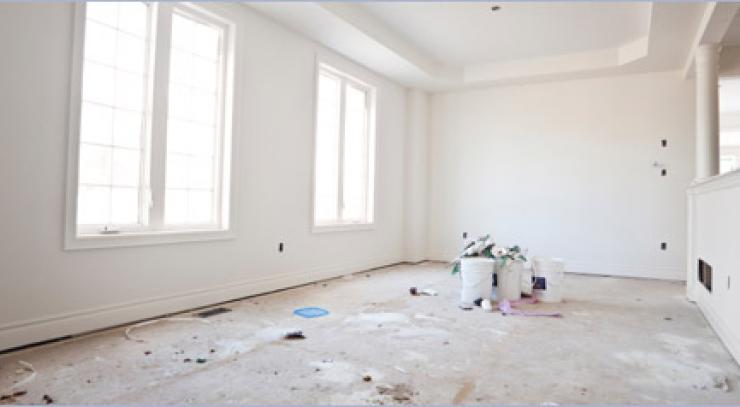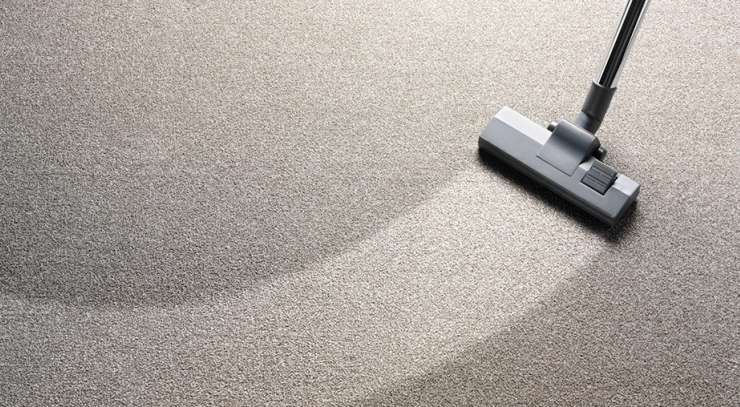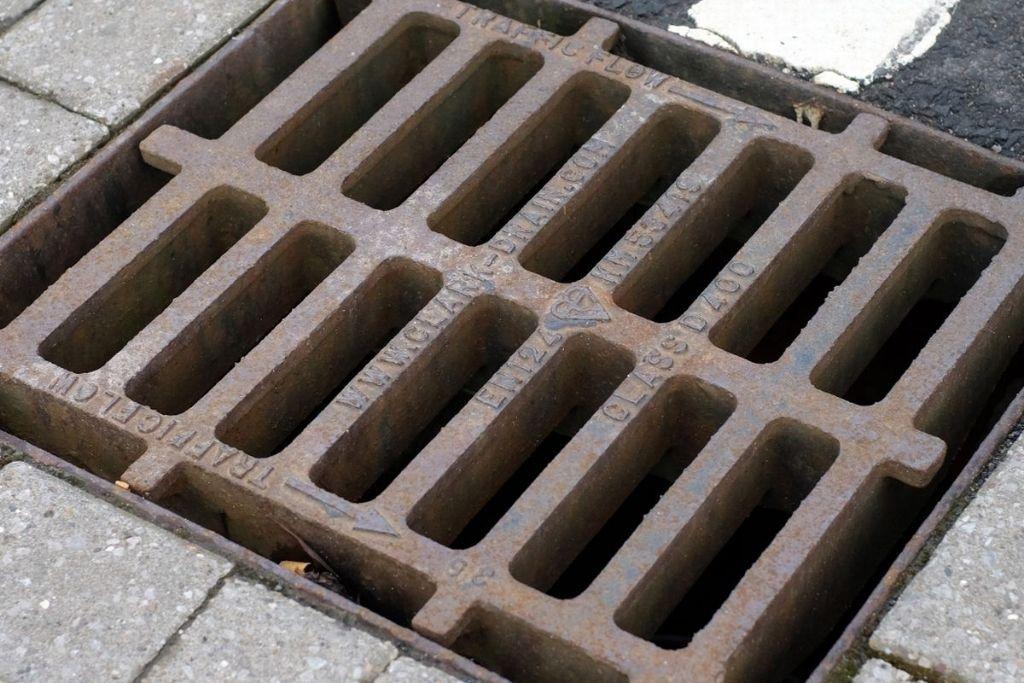Top 10 Signs of Structural Damage to Houses
by cb_admin
Everyone deserves to feel safe and comfortable in their own home, so it can be particularly stressful when signs of structural damage are identified. From uneven floors and warped ceilings through to exposed gaps between walls, pest infestations, and more, there are many problems that can emerge which need assessing and repairing. In these situations, it’s important to organise independent building inspections from a professional provider such as Casey Building Inspections so that the full extent of the damage can be ascertained.
We’ve put together this useful guide to the top 10 signs of structural damage to houses, to help you to identify problems before they become more serious.
Termites
Despite their small size, termites can eat away at support beams, wall studs, ceiling joists and more, causing significant structural damage to houses over time. It’s easy to mistake termite-induced structural damage, such as sagging ceilings and wall cracking, for normal movement. A house that is suffering from an infestation of termites can become unliveable if they aren’t removed sooner rather than later.
Sagging Roofs & Roof Leaks
Generally, roof cladding is designed to last for up to 30 years before requiring replacement. If your roof is leaking but hasn’t reached the end of its life cycle, the problem could be due to timber frame movement, weather-induced damage, or lack of sufficient maintenance. Repairing roof leaks promptly is extremely important, as the water may cause significant damage to internal structures and cause a significant (and costly) damage. Sagging or uneven roof lines are an indication that there are some issues with the roof structure. This can be caused by removal of load bearing walls, termite damage, overloading of the supporting members over time, or incorrect sizing of framing timbers.
Wall and Ceiling Cracks
Not all wall and ceiling cracks are indicative of structural damage, but it’s important to keep an eye on them to see if they develop into something problematic. Cracks above doorways in a step pattern or cracks that are accompanied by a sagging ceiling or uneven floors are signs of a serious problem that should be addressed as soon as possible.
Uneven Floors
Uneven floors vary in severity and may or may not require your immediate attention. The more serious causes include improper construction and a settling foundation, which requires the expertise of a structural contractor to assess the issue. Other causes for uneven floors include cracked floor joists, termite damage, and inadequate sub-floor supports. Re stumping can be undertaken and is quite common in older homes.
Damp Sub-Floors
A sub-floor that lacks sufficient ventilation prevents evaporation from occurring and causes humidity and mould growth to accumulate. This increase in dampness can lead to rotting floor timbers, which can be identified by surface stains and other signs of deterioration. Solutions range from clearing obstructions that prevent evaporation through to increasing the number of vents for better ventilation or drainage improvements.
Timber Rot
Timber is a strong and durable material that can last several lifetimes, but it needs to be shielded from the elements to ensure that it doesn’t decay prematurely. Timber needs to avoid being exposed to an environment where harmful species of fungi can cultivate and thrive. This includes making sure your timber isn’t exposed to high levels of moisture and nutrients that support the fungus that is commonly known as rot.
Crumbling Concrete
The main cause of , crumbling concrete and brickwork, often referred to as spalling is exposure to high moisture and or chemicals. Salts and chlorides are absorbed by the concrete which causes a chemical reaction within the concrete itself. This chemical reaction causes crystals to grow and expand forcing apart the bond between the material. Salts absorbed react with steel reinforcement causing corrosion of the steel (which can expand up to five times its original size) and breaking the bond of the material. Mortar erosion is often seen in the lower areas of brickwork below the damp coarse or waterproofing membrane and is an indication there may be further problems that need to be explored.
Warped Ceilings
The presence of warped and ‘sagging’ ceilings, wavy or cracked cornices , with one or more visible cracks running across the ceiling. These should be repaired sooner rather than later, Investigation into the cause of the cracks will need to be carried out and repairs carried out to prevent further deterioration. Once rectified repairs can be carried out to the plaster work.
Exposed Gaps Between Walls
Exposed gaps between internal and external walls can be caused by sagging floor joists, often occurring when support pillars are spaced too far apart or have been destroyed by termites. They can also be caused by foundation settling, which is when the ground changes or shifts, affecting your house in the process.
Ill-Fitting Doors and Windows
An obvious sign of a significant structural problem is when doors can no longer be closed properly, or when windows get stuck in their frame. This can occur when the ground shifts underneath the foundation, if the home is on stumps it may require re stumping in some or all areas. Homes build on concrete slabs and clay soils can suffer from slab heave. This is where the soil below the slab expands due to moisture increases thus lifting the slab causing serious structural issues that need professional assessment.
Contact Casey Building Inspections Today
If you identify any of the above signs of structural damage in your home, and you need access to a professional and reputable provider of building inspections as soon as possible. The specialists at Casey Building Inspections can provide unbiased information in relation to structural building issues and much more.
Need a building inspection? give us a call on 0488 339 686 send an email to [email protected], or fill out our convenient online contact form. You can also access our useful frequently asked questions








